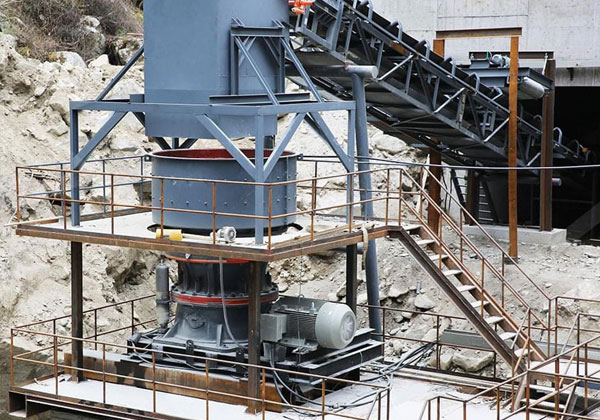Rock Cone Crusher Feed Size Overview
A rock cone crusher is designed to crush various types of stones and minerals into smaller particles. One critical aspect of its performance is the feed size—the size of the material being fed into the crusher’s opening. The ideal feed size ensures efficient crushing, minimizes equipment wear, and produces a consistent end product. Different models of cone crushers accommodate varying feed sizes to suit specific applications, such as quarrying, mining, and aggregate production.

Importance of Matching Feed Size to Crusher Design
The feed size must match the crusher’s design specifications to prevent overloading or inefficiency. If the feed material is too large, it can cause blockages and damage the internal parts of the machine. Oversized materials may also result in reduced throughput, forcing the crusher to work harder and wear out faster. Conversely, if the material is too fine, the crusher may not function optimally since cone crushers are generally intended to process medium to large-sized rocks.
Optimal Feed Size Range
Most cone crushers work best when the feed size is between 40-60% of the crusher’s feed opening size. For example, a cone crusher with a 300 mm feed opening will ideally process material with a diameter of about 120-180 mm. This range ensures a balanced load on the crushing chamber and consistent crushing pressure. Operating within this range also helps prevent the production of too much fine material, which can affect the quality of the final product.
Adjusting Settings for Feed Size Variation
Many cone crushers offer features such as adjustable openings and automatic control systems to manage different feed sizes. If the feed contains a mix of small and large materials, operators can adjust the crusher’s closed side setting (CSS) to fine-tune the crushing process. Additionally, pre-screening the material to remove fines and using a vibrating feeder to evenly distribute the load helps improve performance.
In summary, the feed size is a crucial parameter that affects a rock cone crusher’s performance, efficiency, and durability. Properly selecting and managing the feed size, taking into account the material type and crusher specifications, ensures optimal crushing, extends the life of the equipment, and produces high-quality aggregates. Maintaining an appropriate feed size is key to maximizing productivity and achieving the desired output from a rock cone crusher.

